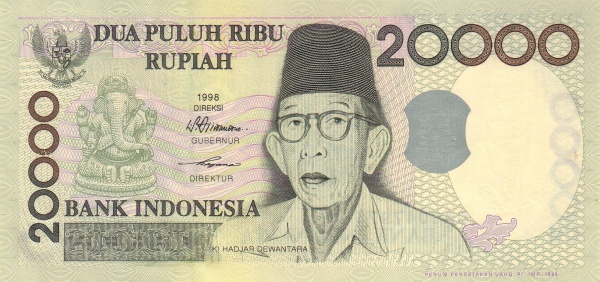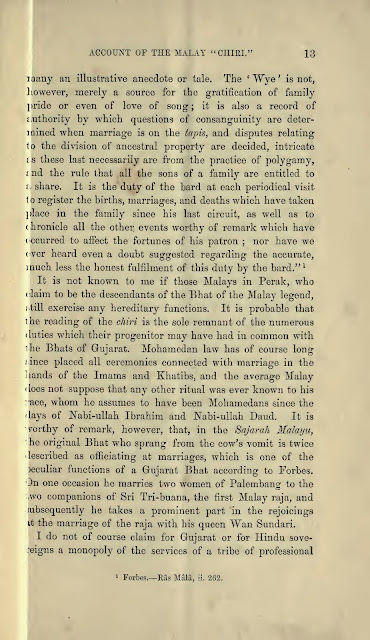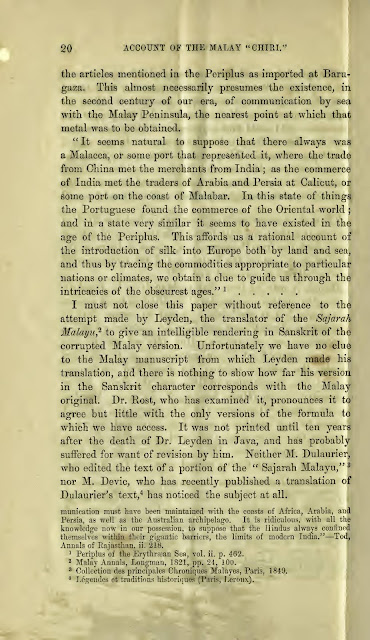The Klang Valley Mukkulathor Association (KVMA) organized a fund raiser for the flood victims of Chennai. We named it the KVMA Chennai Flood Relief Fund.
I announced it in Facebook on Friday 4 December 2015. We set the deadline at 12:00pm Monday 7 December 2015. Over 30 individuals donated.
We collected a total of RM6,500. Our initial target was only RM700 as that is equivalent to Rs10,000 but we managed to hit the Rs100,000 (Rs1 lakh) mark.
We transferred Rs1 lakh to Chennai via Western Union on Monday. Based on the conversion rate of that day plus charges, it was equivalent to RM6,437.70. The funds will be managed by one Pradeep Rajan and his friends.
The funds were used to purchase 1000 kilograms of rice, mats, blankets and other basic necessities which will be distributed to 100 needy families.
I wish to thank our donors who contributed. My friend from India, Kannan Thevar Sembiah responded immediately by donating Rs5,000. It was very kind of him to be supportive of KVMA's initiative. Special thanks to the committee members and family members of KVMA who helped out.
Pradeep and his friends such as Bose Madasamy are doing an excellent job in Chennai. They are working tirelessly to help the flood victims. This shows that the youths are the actual heroes in Tamil Nadu.
The late Abdul Kalam would have been proud if he was alive to see the dedication shown by these Tamil Nadu youths.
Many organization collect donations but do not show how it is spent. I have included some images in this post for the benefit of my readers especially the donors. The donors have the right know how their money is being spent.
KVMA will continue to play an active role in the Indian society, be it here in Malaysia or India.
 |
| Western Union invoice confirming money transfer from Malaysia to Chennai |
 |
| Some update from Pradeep |
 |
| Some updates from Pradeep |
 |
| Picture taken after the mats and blankets were purchased |
 |
| Some updates from Pradeep. |
 |
| Pradeep's post in Facebook after receiving the funds |
 |
| I was constantly providing updates in Facebook |
 |
| Pradeep, his mother and his team helped the Maranatha Church children |
 |
| Our donation will be used to help 100 families |
 |
| Kannan Thevar Sembiah immediately donated Rs5,000 after reading my post |
 |
| The receipt for the blankets and bedsheets purchased |
 |
| The receipt for the mats purchased |
 |
| The receipt for the rice purchased |

















.jpg)































